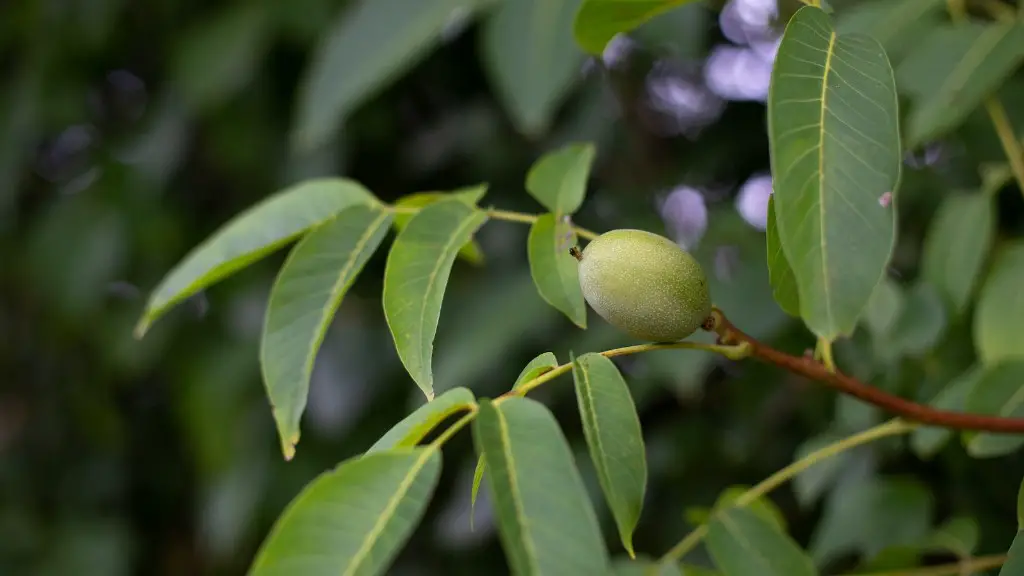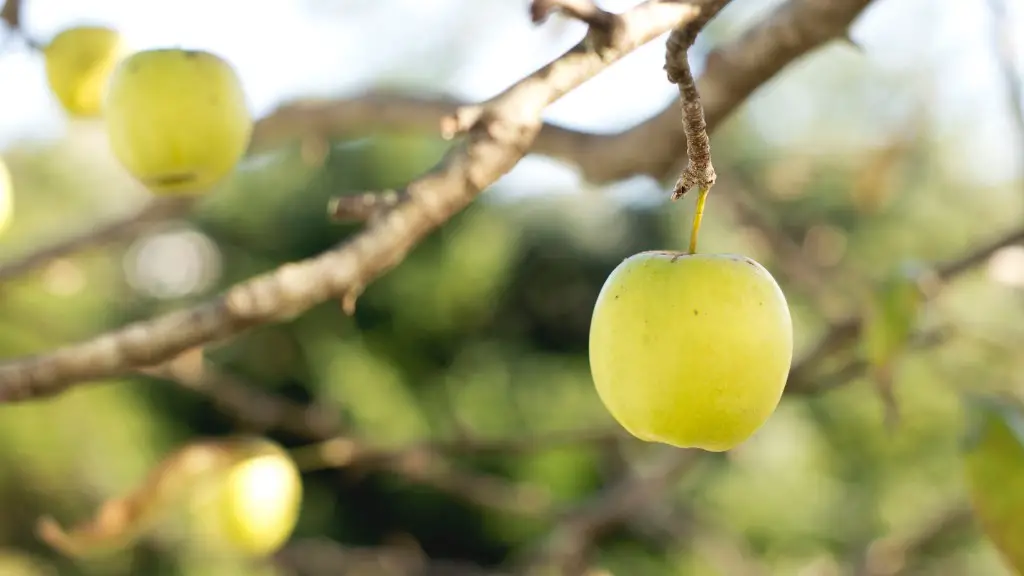What is Areca Palm Tree
Areca palm trees (Dypsis lutescens) are one of the most popular plants for indoor and outdoor decoration. Native to Madagascar, Areca palm trees are known for their majestic, cascading fronds, arching outward to 4–6 feet long. Areca palm trees thrive in warm, humid conditions, and are an especially attractive addition to any garden. However, they also require special care to stay healthy, so let’s take a look at how to grow an Areca palm tree.
Soil and Planting
Areca palm trees prefer soil that’s moist, but not saturated. If you’re planting the tree in a container, use a well-draining potting soil that’s been fortified with compost. Make sure the pot has good drainage holes, and avoid placing the container in an area where there’s a lot of foot traffic. When planting the tree outdoors, select a spot that’s shaded in the morning and gets direct sunlight in the afternoon. Dig a hole twice the width of the tree container and fill with soil amended with compost.
Caring for Areca Palm Trees
Areca palm trees require regular watering and fertilizing. Water the tree throughout the year, making sure to soak the soil thoroughly. This will help keep the roots hydrated and allow for proper nutrient uptake. In the summertime, make sure to water the tree every seven to 10 days. During the winter, water less often—making sure the soil doesn’t dry out completely. As for fertilizing, use a slow-release mixture or a liquid fertilizer that’s specially formulated for palms.
Pruning and Trimming
To help your Areca palm tree stay healthy, you’ll need to prune it from time to time. Start by snipping off any dead, yellow, or brown fronds. Next, remove any fronds that are crowding the center of the tree. If there are any fruiting stalks, cut them off at the base. Pruning not only helps the tree look better—it also prevents yellowing and diseases.
Insect Pests to be aware of
Areca palm trees are prone to a variety of insect pests. The most common are spider mites, scales, and mealybugs. Spider mites are tiny, red or yellow dots that form webs on fronds and leaves. Scales appear as a white, waxy coating on the stems. Mealybugs look like cotton tufts and are found around the base of the tree. All of these pests can be controlled with non-toxic insecticidal soap or horticultural oils applied to the leaves and stems.
Protecting the Tree from Cold Temperatures
Areca palm trees are well-suited to the warm temperatures of the subtropical and tropical climates. But if you live in a colder area, you’ll need to provide some protection for your tree. During the winter, use a garden cloth to protect the fronds from icy wind, snow, and frost. You should also bring the tree indoors or place it in a greenhouse when the temperatures drop below 55°F (12°C).
Temperature, Humidity, and Light Requirements
When it comes to nurturing an Areca palm tree, the environment matters a great deal. This plant prefers temperatures between 65 and 85°F (18–29°C) and high humidity. You can increase the humidity levels by misting the fronds, or by putting a tray filled with water near the tree. As for light, keep the tree in a spot where it’ll get partial to full sunlight.
Introducing Fertilizers and Nutrients
Areca palm trees are heavy feeders, so it’s important to give them the nutrients they need. Once a month, use a slow-release fertilizer specifically for palms. Alternatively, you can give the tree a liquid fertilizer or compost tea applied to the soil and foliage. Make sure to follow the instructions on the package, as over-fertilizing can cause the fronds to yellow and die.
Pests and Diseases Prevention
To keep your Areca palm tree healthy, it’s essential to inspect it regularly for signs of pests and diseases. Spider mites, mealybugs, and scales can all be treated with non-toxic insecticidal soap or horticultural oils. To prevent fungal diseases, make sure to never let the soil become waterlogged. Fungicides can be used if the tree does become infected.
Treatments for Common Ailments
Areca palm trees can sometimes become infected with a variety of ailments. If the fronds start to turn yellow, it could be a sign of magnesium deficiency. This can usually be fixed with a magnesium sulfate solution applied to the soil and foliage. If the fronds start to droop, it could be a sign of root rot. Reduce the amount of water and add compost to the soil to help the tree recover. Finally, fronds that are discolored or have brown tips could be signs of too much direct sunlight.
Having the Right Pot or Planter For the Tree
When planting an Areca palm tree, it’s important to choose the right pot or planter. If the tree is going to be planted indoors, use a medium-sized planter that has good drainage holes. If the tree is going to be planted outdoors, choose a large outdoor planter or container that’s been treated to resist deterioration from the elements. In either case, make sure to use a soil that’s well-draining and fortified with compost.
Monitoring for Unhealthy Changes in the Tree
When caring for an Areca palm tree, it’s important to monitor the tree for any signs of distress. If the plant turns yellow or the fronds start to curl, it could be a sign of disease or pest infestation. When this happens, act quickly to treat the tree with pesticides or fungicides. Even minor issues can lead to big problems, so it’s important to pay close attention to any changes in the tree’s health.



